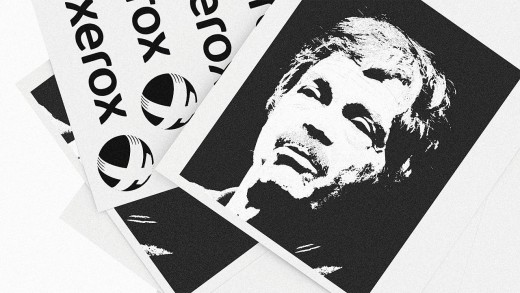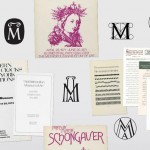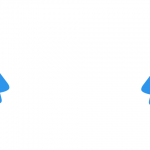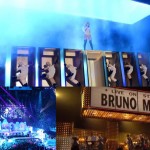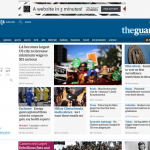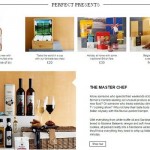5 Steps To Re-create Xerox PARC’s Design Magic (From The Guy Who Helped Make It)
Tips from Alan Kay, who invented the modern GUI, on building the 21st century’s next great idea lab
Everyone in tech knows the legend of Xerox PARC. In the early 1970s, members of the Palo Alto Research Center invented many of the basic building blocks of modern information technology, from bitmap graphics displays and WYSIWYG text editors to laser printers and the graphical user interface (GUI).
.
That pièce de résistance—which included overlapping windows, a desktop metaphor, icons, and a pointer—was largely the brainchild of Alan Kay. Decades before Steve Jobs popularized the idea of “the intersection of technology and the liberal arts,” Kay lived it: he was (and is) a computer scientist, professional musician, designer, educator, and artist all in one. Kay thrived in PARC’s blue-sky R&D environment; he occupied similar littoral zones between art and tech at Apple’s Advanced Technology Group, Disney’s Imagineering division, and HP’s Advanced Software Research Team.
Kay has also tried to help companies re-bottle the lightning that crackled within Xerox PARC during his tenure there. It usually doesn’t work. The reason? “It’s either so antithetical to the corporate culture that nobody really wants it,” Kay told me, “or [they] want to monetize everything.” But that didn’t stop Kay from trying again, this time with business-intelligence software behemoth SAP. True to form, the Communications Design Group (CDG) at SAP includes uncategorizable geniuses like Bret Victor and Vi Hart as founding members. It may or may not produce the “many trillions of dollars worth of inventions” that Kay gives PARC credit for, but if SAP—or any other organization—wants to take a serious shot at it, they ought to follow Kay’s recipe. Here it is his own words:

1. Invent, don’t innovate. Problem-finding beats problem-solving.
Invention centers are 20 to 40 people doing odd things. Innovation is the process of taking something that’s already been invented and packaging it nicer.
Problem-finding is about how to get something out of almost nothing in some new area. You’re by definition not doing something incremental. There’s a lot of playful stuff going on. The probability of a good idea is pretty low. Most of the ideation that happens [in an invention center] are things that get rejected, which is normal in this line of work. Very few people understand that.
My attempts to do Xerox PARC-like things over the years, like Interval [Research Corporation] with [Microsoft co-founder] Paul Allen, most of them have failed for one of two reasons. it’s either so antithetical to the corporate culture that nobody really wants it. Or in Paul Allen’s case, he wanted to monetize everything. He treated [Interval] as an innovation center or product engineering division. He never understood the process of doing invention research. A company should have an invention center because it’s a wild card.
Successful innovation is much harder than inventing. Companies with a good innovation center will easily spend 10 to 20 times as much [as they would on an invention center]. [Inventing is] a matter of finding a small number of special people and funding them with a relatively small amount of money. You’ll get something good out of it.

2. Think artist colony, not R&D lab.
One of the keys to this kind of thing working is having a community. Xerox PARC and CDG are like collective MacArthur grants. You’re not funding individuals, you’re putting together a community. You’re trying to create an environment, a world. Not a thing. We never discussed what our ultimate goal was at PARC. It didn’t look like we were doing anything for the first couple years, and Xerox was upset. But the process was surprisingly efficient, because most of that trillion-dollar return was invented in the first five years.
The rule is, if you put together an artist colony and fund it, you’re going to get art. And some of it’s going to be great. The way to get something [out of it] that’s relevant to a company like Xerox or SAP is to set up a context so that the free thinking of these people is more often than not going to be about something of concern to the company. Inside an organization like PARC or CDG, a vision isn’t articulated in words. It’s more like a shared feeling, a sense of this magnetic field.
For example, SAP has great needs for improved user interfaces. Not just in the style of today, but totally new UIs for dealing with the enormities of what big data brings to us, or a programming language that involves search as an integral part of what it means to get at resources. These are all natural things for these talented people [at CDG] to immerse themselves in. They’re not given a direct goal, and they’re not lazy. They start thinking of this and that. Things happen in flashes and come out of conversations that start off about something else. What we try to do is not be anarchic, but when the butterfly we want comes by, we’re prepared to catch it.
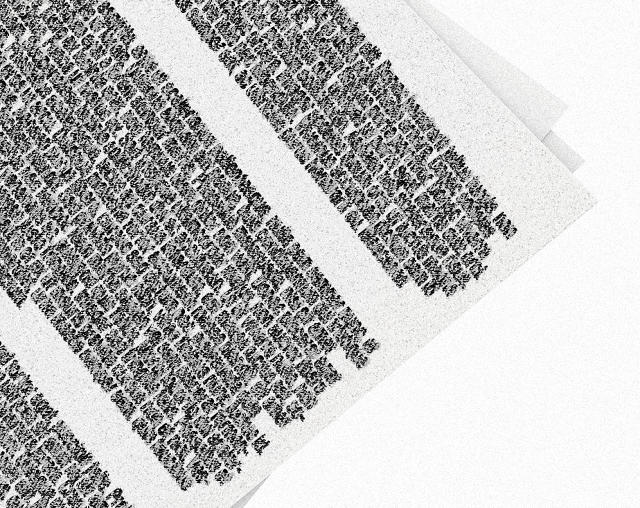
3. Get the best people. Don’t manage them.
Vi Hart and Bret Victor have this way of being nuts part of the time, and the other part of the time having exquisite attention to detail at the level of an obsessive. It’s like Michelangelo: first he had to imagine putting something on the ceiling of the Sistine Chapel, but he also personally spent four years lying on his back with candle wax dripping into his eyes, painting the goddamn thing. That’s the simplest recipe: find Michelangelos.
I don’t run CDG, I visit it. [Xerox PARC founder Robert] Taylor didn’t want to hire anyone who needed to be managed. That’s not the way it works. I have people on my list who are already moving in great directions, according to their own inner visions. I didn’t have to explain to these people what they would be working on, because they already are. Bret Victor has already hired four people that I didn’t know about. I wanted people to fund, not manage.

4. Stay small, avoid hype, and pick a boring name.
25 scientists at Xerox PARC were responsible for “the eight big inventions,” which resulted in about $35 trillion in return on [an investment of] maybe $100 million.
The shortest lived group at Xerox PARC was “Office of the Future,” because Xerox executives would not leave them alone. I chose the most innocuous name for my own group, the Learning Research Group. Nobody knew what it meant, so they left us alone to invent-object oriented programming and the GUI.
We had a contest [at CDG] to come up with the most innocuous name that didn’t sound ridiculous. “Communications Design Group” is pretty vague, because what we’re likely to [invent] will be something other than what we’d put on a list. [But] the communication and design aspects do mean something. People communicate with each other, with themselves, in groups, with computers, and computers communicate with each other. If you take all the things in the world that can communicate and think of a future in which all those communications are qualitatively richer, then you have a vision.
We live in a world full of hype. When I look at most of the Silicon Valley companies [claiming to do invention research], they’re really selling pop culture. Pop culture is very incremental and is about creating things other than high impact. Being able to do things that change what business means is going to have a huge impact—more than something that changes what social interaction means in pop culture.

5. Hire Alan Kay (or someone like him).
[Alan Kay is a modest man, so we turned to David Liddle, Kay’s former colleague at PARC and an eminent inventor in his own right, to make this point.]
The computer industry has a lot of remarkable people in it, but they’re low-dimensional. Alan Kay is very high dimensional: a big space of instincts and interests and capabilities. I mean, the guy could design furniture. He planned a whole programming language while he was building a harpsichord. He was able to do the two things concurrently.
He also has amazingly good taste about choosing things that are worth working on: aiming a few years ahead, anticipating where the technology will go and therefore what will be interesting to do with it when it becomes fast and cheap, even if it’s slow and expensive now. And he’s really a good judge of talent. Especially in young people.
[We asked Liddle point blank: are you saying Alan Kay was extra special among the extra special people at Xerox PARC?]
Yes. That is what I’m saying.
[Learn more about SAP’s Communications Design Group here and here.]
[Top Photo: JoJan/Wiki Commons. Papers: Mirexon via Shutterstock]
Fast Company , Read Full Story
(187)

